
Budget Astronomy
telescope reviews for budget views
Tasco Luminova 660
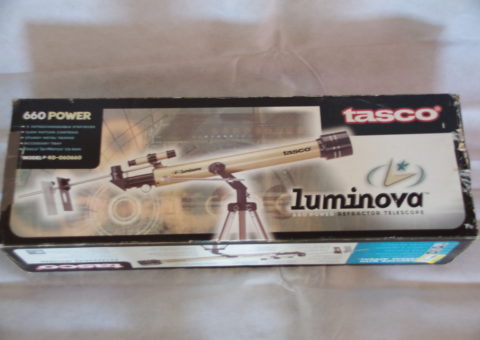
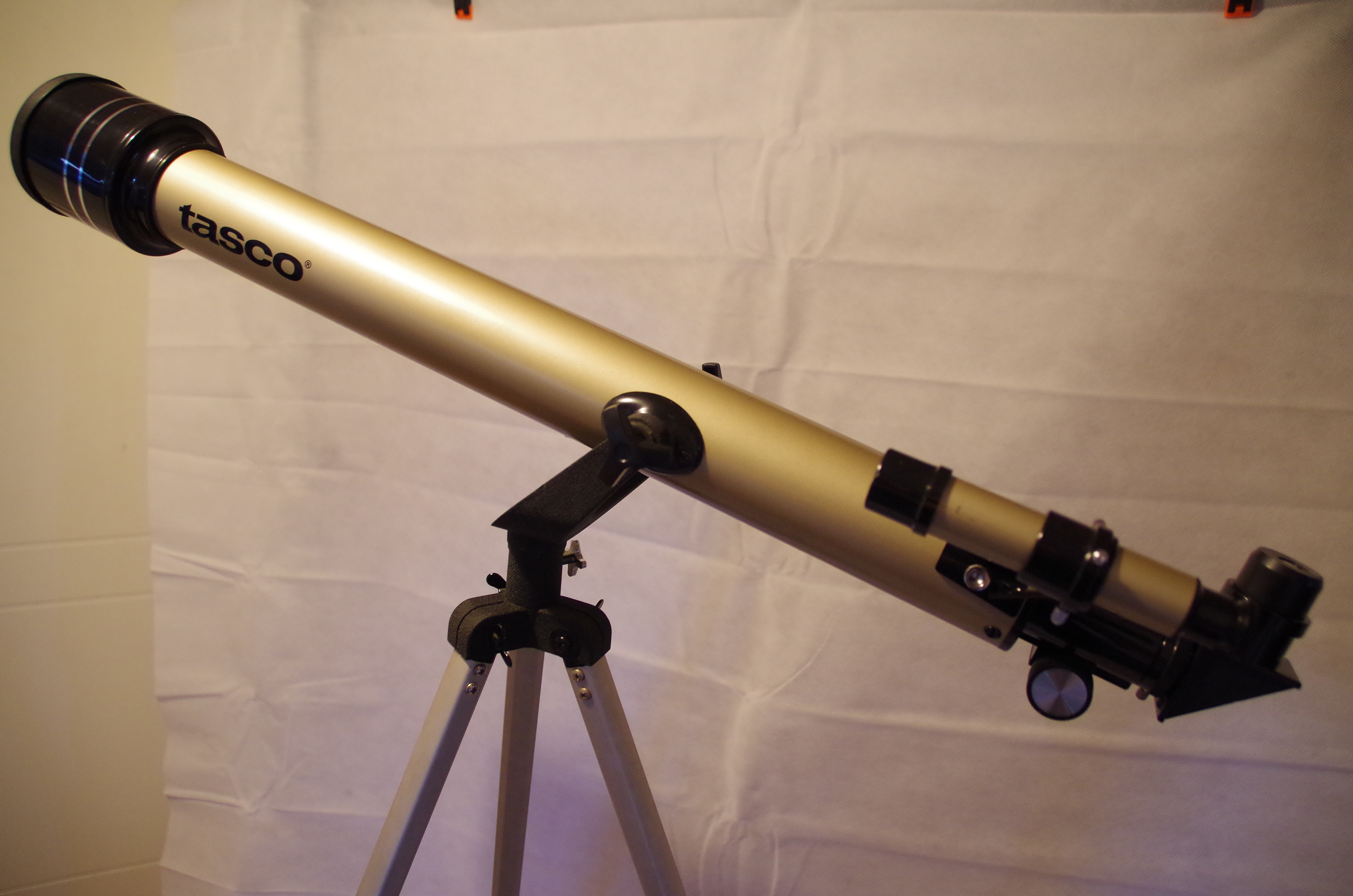
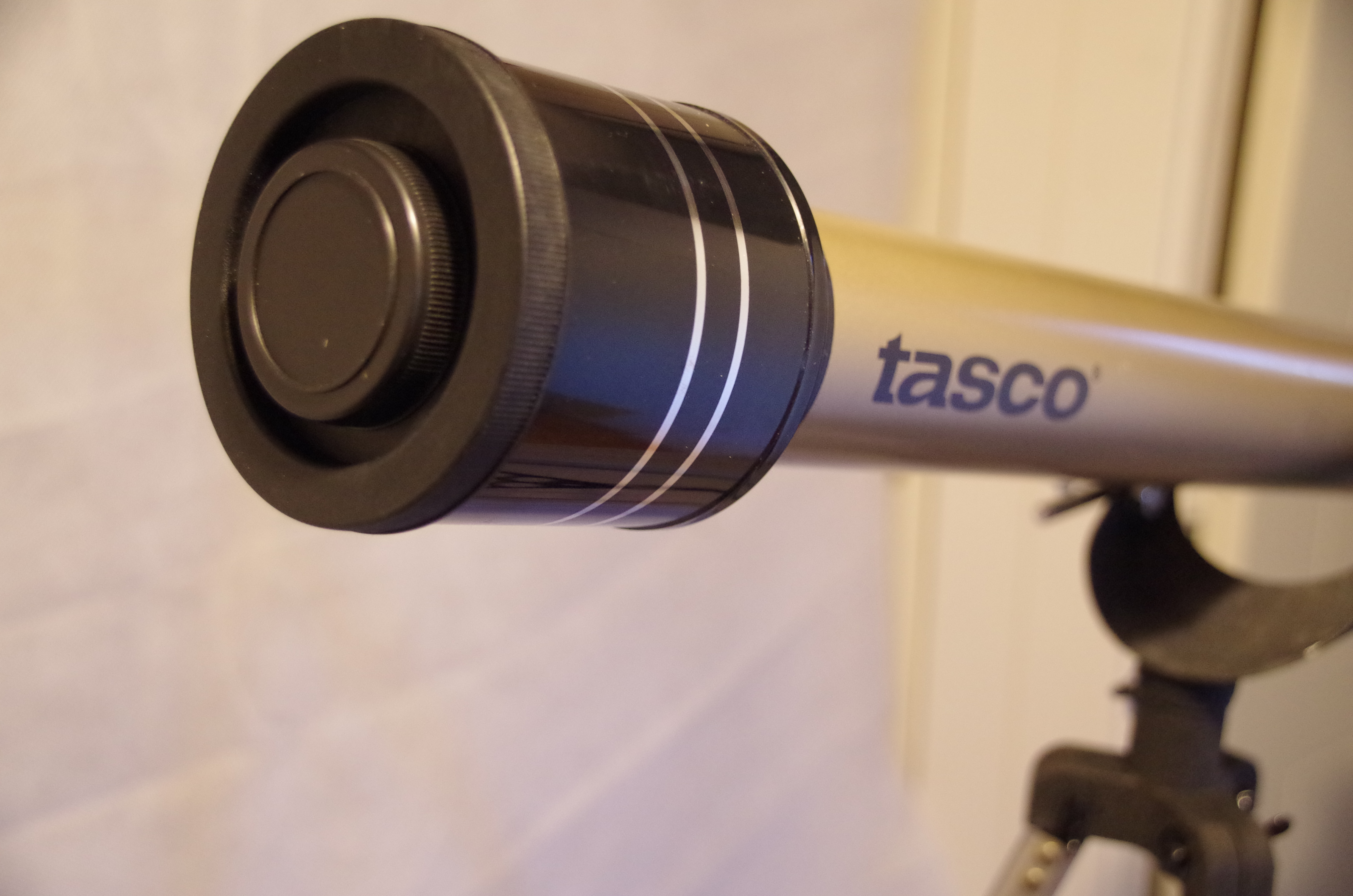
Review
Overview
This is an entry level 60mm refractor telescope produced by Tasco as one of their Luminova range of telescopes. It is supplied on an Alt-Az mount/tripod arrangement and comes with a selection of 3 eyepieces, a 2x barlow lens and an unusually high powered 3.3x barlow lens. There is also a 1.5x erecting eyepiece and a set of solar projection plates, however the solar projection plates were not tested.
Approximate Prices
At the time of testing the new price of these telescopes ranged from £75-£129. Secondhand, they typically sell for around the £35 mark on eBay.
Technical Details
The Tasco Luminova 660×60 Refractor has the following technical specifications -Aperture: 60mm
Focal Length: 800mm
Mount Type: Alt-Azimuth
Focusser EP Size: 1.25″
Eyepieces: 25mm, 12.5mm and 4mm
Other Lenses: 2x Barlow, 3.3x Barlow, 1.5x Erecting Lens
Finderscope: 6×25
Review Findings
This telescope is one of many entry level 60mm refractors produced by Tasco and can easily be confused with other models. This one is identified by the gold coloured tube and the Luminova branding. Tasco also do a 114mm reflector model under the Luminova series and again this can cause some confusion in the line up. The tripod and mount are easily set up and although instructions are provided, it is unlikey that even beginners will need to study these in any detail. The mount isn’t the most substantial in the world but this isn’t a heavy weight tube and it supports it well enough although it is a little too free moving for my liking, making exact alignment a little tricky at first. The twin fork setup and vertical locking/slow motion rod at the side are the usual budget refractor fare. The quality of the refractor tube is about average for the budget scope class and exhibits some chromatic aberration although this does not detract from the views too much. The 800mm focal length and 60mm aperture of the telescope gives a focal ratio of just over f13. As usual, the claimed magnification of 660x is complete rubbish for a 60mm telescope and is based on the use of the single element 3.3x barlow lens with the highest powered 4mm eyepiece. In fact the best usable magnification that can be hoped for would be around the 100x mark. The 1.5x erecting eyepiece is intended for terrestrial viewing and is best avoided for astronomical use as this simply inserts an additional lens in the view path and as we all know, there is no right way up in space. The low power 25mm and medium power 12.5mm eyepieces supplied with the telescope are of the inferior Huygens design, however they are reasonable well constructed. The high power 4mm eyepiece is a slightly better Ramsden model. A real bonus though is the fact that the telescope comes with 1.25″ focuser which is the standard for the majority of serious eyepieces. This really boots the quality of views uphill when compared to the more usual 0.965″ size found on most entry level telescopes. Given the limited light grabbing ability of the 60mm aperture, both the 2x and 3.3x barlows are effectively redundant and you are much better sticking to using the 25mm and 12.5mm eyepieces on their own which produces magnifications of 32x and 64x respectively. The 4mm Ramsden gives a theoretical magnification of 200x but this is too much for the tube and just results in a blurry image. The moon was nicely presented in the 25mm eyepiece by itself, giving a fairly sharp and controlled image. Moving up to the 12.5mm medium power eyepiece produced more detailed views of the larger features of the lunar landscape such as the Copernicus Crater. Using the 12.5mm steadily was more of a challenge and the telescope is probably operating at about the limit of what the tripod and mount will allow. Jupiter was close to Earth at the time and easily presented the 4 Galilean Moons as bright dots. A hint of the colour from the planet’s equatorial bands could be seen but no real detail could be resolved. Using the 25mm eyepiece produced better quality images on this target than the 12.5mm which produced a larger but slightly blurrier image. The f13 focal ratio produces a narrow filed of view and so it isn’t really suitable for viewing larger astronomical objects such as nebula (although some are visible) and this is really an entry level planetary and lunar scope.
Verdict
This telescope simply isn’t worth the new asking price, however secondhand it is a different story. For around £35 you will get a telescope with a proper 1.25″ focuser that will provide some very nice views of the lunar surface, Jupiter’s moons and (although not tested) a hint of Saturn’s rings. Buying some better quality eyepieces (like a Kellner/Achromat) would improve the views further. A secondhand purchase of this telescope could be a cheap way into astronomy and will provide a decent range of targets for children and the beginner alike provided that you keep to the lower powered eyepieces.
Rating

Rating New

Rating Used
More Pictures
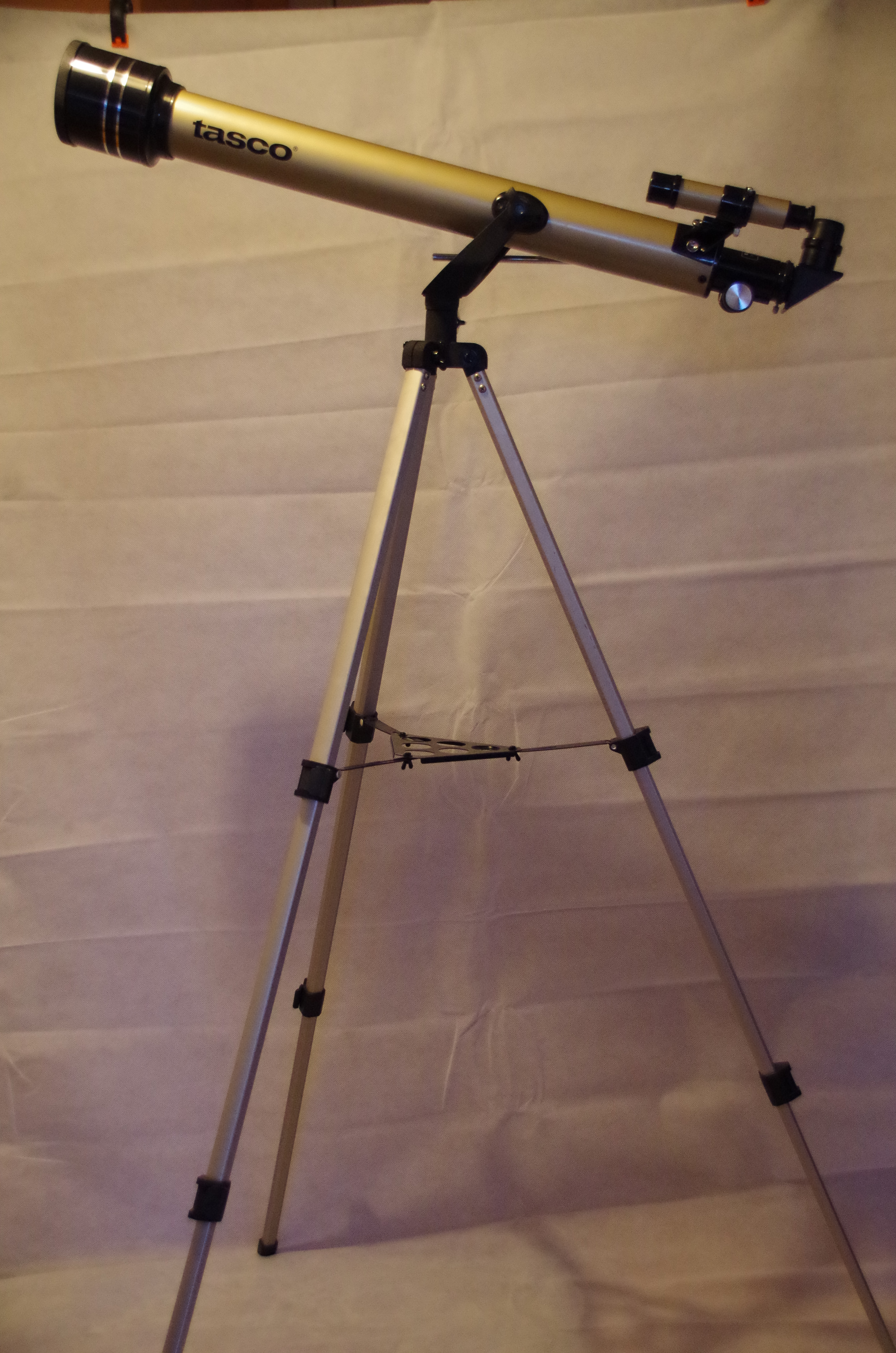
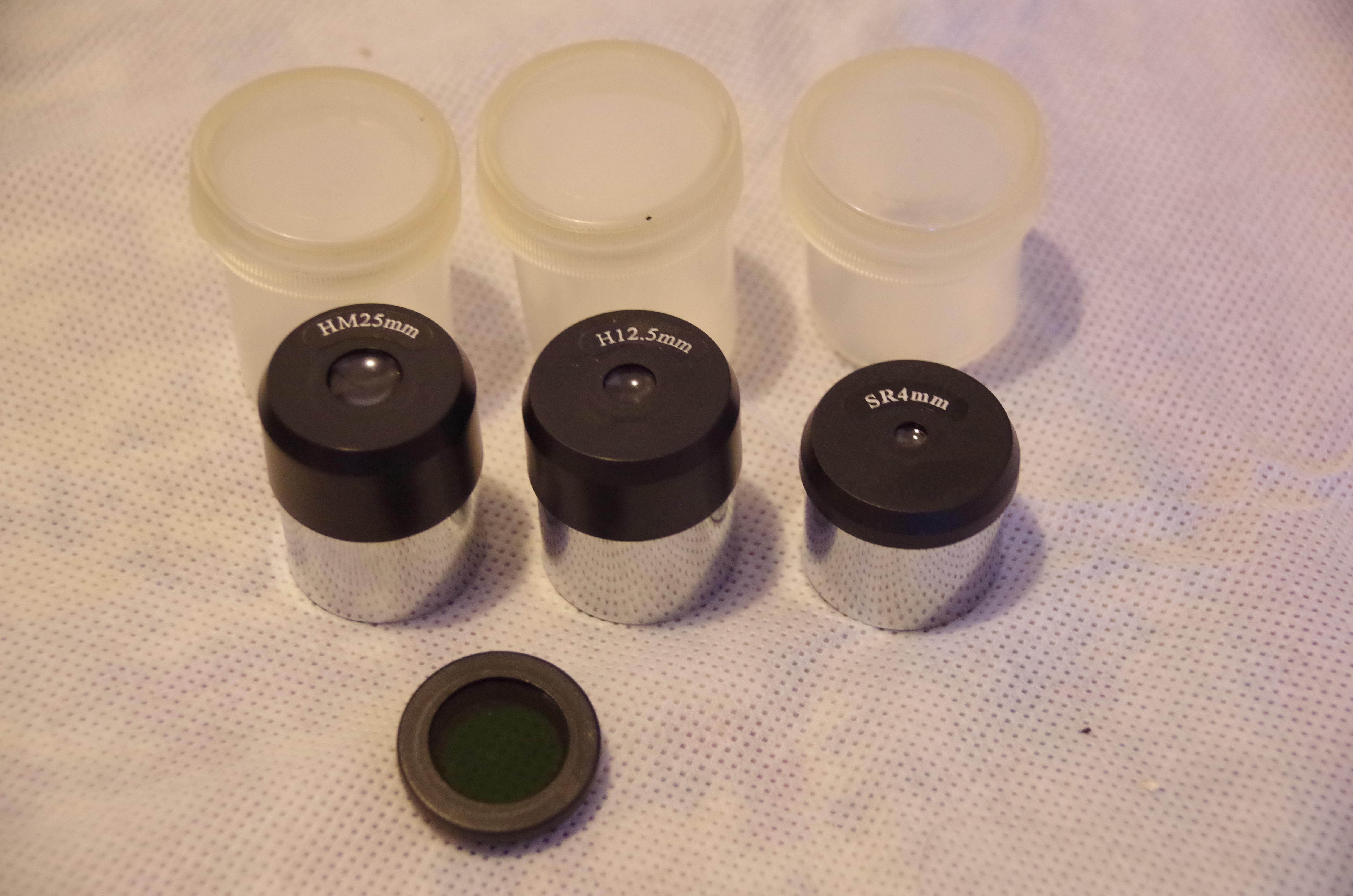

Made at the tip of Africa. ©